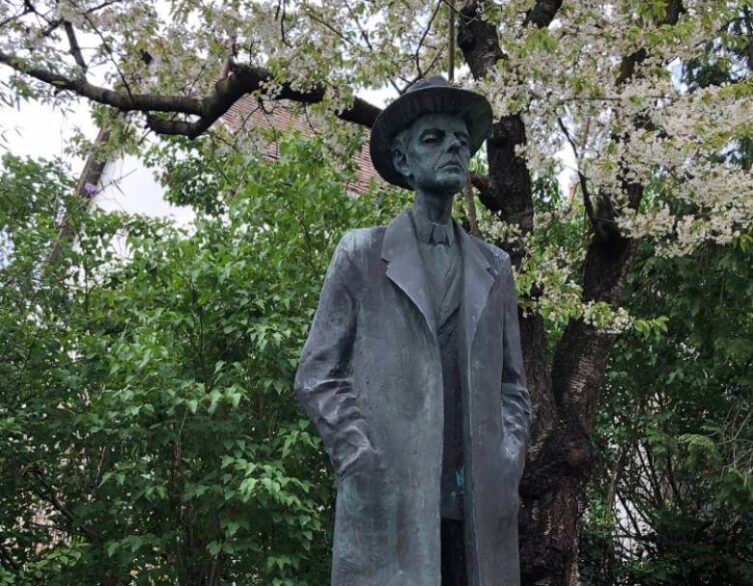A New Interactive Béla Bartók Exhibition Opens in Budapest

The former home of renowned Hungarian composer Béla Bartók has been transformed into a 21st-century cultural center, featuring a new permanent exhibition titled “Bartók’s Silence.” The exhibition opened on November 22nd in the villa located at 29 Csalán Street in the Pasarét district of Budapest, where Bartók lived and worked between 1932 and 1940. Although the original furnishings were removed by Bartók’s heir in 2021, the Bartók Memorial House has not ceased to exist and now welcomes visitors with this new interactive exhibition.
The Importance of Bartók’s Legacy
During the opening ceremony, the Mayor of Budapest, Gergely Karácsony, emphasized the significance of Bartók’s legacy, stating that “Bartók’s career is about becoming interesting to the world by discovering our own treasures for the world.” He also highlighted the importance of exploring Hungary’s cultural traditions and noted that Bartók and Kodály’s collection of folk songs is an invaluable asset not only to Hungarian culture but to universal culture as well.
Karácsony expressed his pride in the fact that the Bartók Memorial House is owned by the municipality of Budapest and pledged to support the expansion of the exhibition. He also remarked that the relocation of the original exhibition items by Bartók’s heir provided an opportunity to rethink the memorial house and present Bartók’s legacy in a 21st-century manner.
Exhibition Concept and Features
The new exhibition aims to present the true face of Bartók, dispelling false stereotypes and showcasing his universal artistic status. Visitors can explore what the villa was like during Bartók’s time and learn about his other residences in Budapest, as well as the historical and cultural context of his career.
The concert hall features a compilation of all the footage in which Bartók can be seen, along with memories shared by his wife, sons, and close friend Zoltán Kodály. Interactive tools demonstrate how classical music influenced Bartók’s work, and his folk music collection and research are also showcased.
Best deals of Budapest
Original furnishings from the Bartók apartment, including decorative wooden furniture by folk woodcarver György “Gyugyi” Péntek from Körösfő, are on display courtesy of the family of composer Csaba Szabó. The villa serves not only as a memorial site but also as an important concert venue in Budapest, with a chamber hall accommodating 90-100 people and hosting 40-45 concerts annually.
Future Developments
Zoltán Farkas, the director of the memorial house, mentioned that the current exhibition is the first phase of the “Bartók’s Silence” project. In the future, Bartók’s study will also be accessible to visitors, with its opening planned for 2026.
Farkas expressed his gratitude to the staff of the memorial house and all those who contributed to the creation and support of the exhibition, including Judit Bajzáth for developing the exhibition concept, Dániel Taraczky from art1st design studio Kft. for the interior design and visual identity, József Sipos for providing excerpts from his film, and the heirs of composer Csaba Szabó for lending the decorative carved furniture.
Conclusion
The new interactive Béla Bartók exhibition at the composer’s former residence in Budapest offers a fresh perspective on his life and work, showcasing his universal artistic status and his ability to speak to the world through his Hungarian identity. The memorial house, now managed by the municipality of Budapest, serves as a fitting tribute to one of Hungary’s most famous and influential composers, providing a unique cultural experience for music lovers from around the world.
Image source: Bartók Béla Memorial House



















